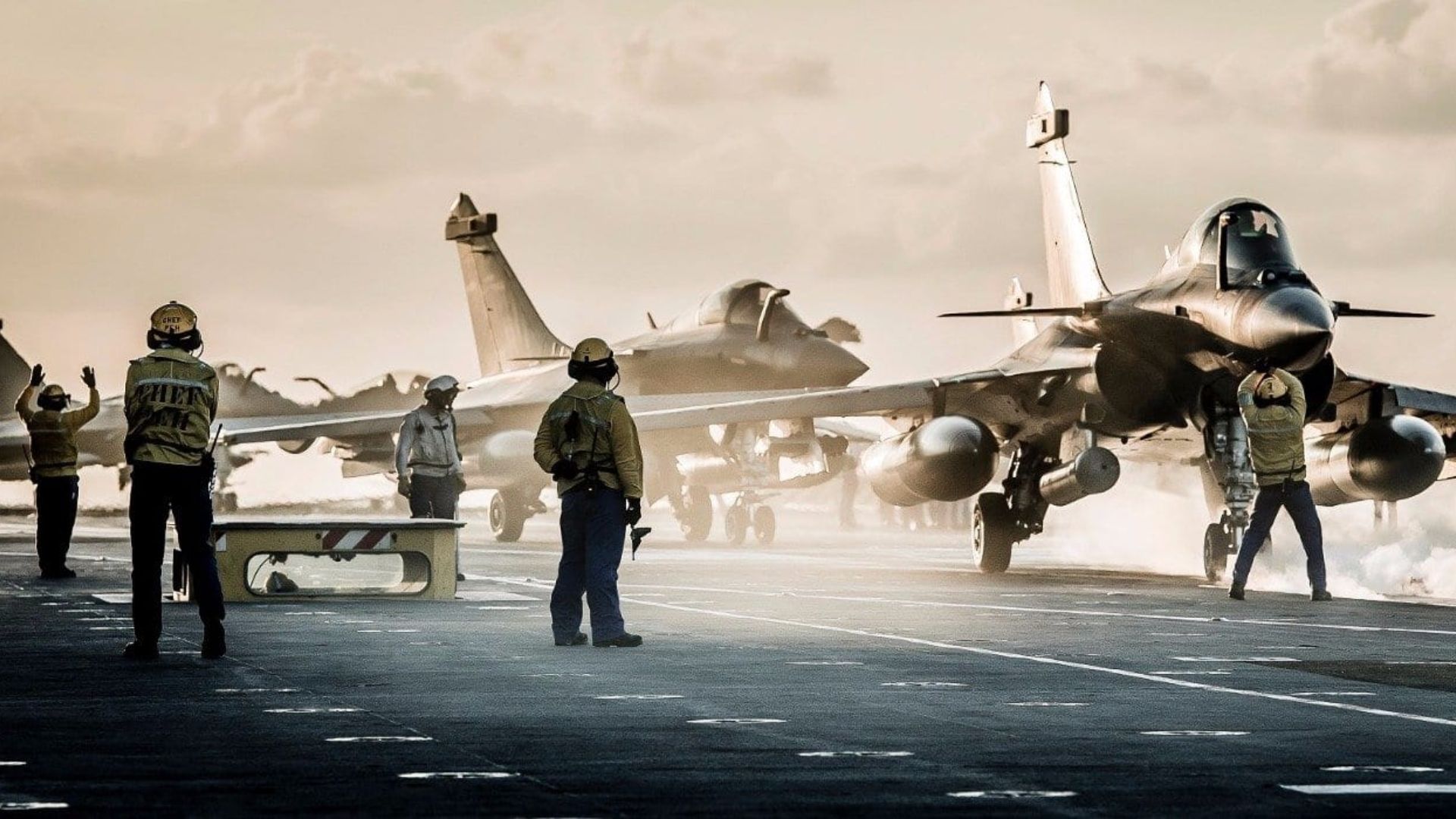SOURCE: AFI

The Indian Navy’s impending acquisition of 26 Rafale Marine (Rafale M) fighter jets from France has sparked debate over whether it represents the country’s costliest fighter jet deal on a per-unit basis, potentially surpassing the 2016 agreement for 36 Rafale jets for the Indian Air Force (IAF). With an estimated price tag of ?60,000 crore (approximately $7.2 billion), the Rafale M deal is poised to be a landmark procurement for India’s naval aviation. But does its unit cost eclipse the earlier Rafale purchase, and what factors drive the pricing? A closer look at both deals reveals a nuanced picture.
Approved by the Defence Acquisition Council in July 2023, the Rafale M deal includes 22 single-seat jets and four twin-seat trainers, tailored for carrier operations aboard INS Vikrant and INS Vikramaditya. The package encompasses not just the aircraft but also weapons (Meteor, Exocet, and SCALP missiles), simulators, spares, crew training, and logistics support for a decade. Negotiations with Dassault Aviation and the French government, conducted under an inter-governmental agreement, are nearing completion, with signing expected by mid-2025.
The total cost of ?60,000 crore translates to a per-unit price of approximately ?2,307 crore ($277 million at current exchange rates of $1 = ?83.5). This figure has led some to label it India’s most expensive fighter jet deal to date, especially given its prominence as the Navy’s costliest single acquisition. However, comparing it to the 2016 IAF deal requires unpacking the numbers and context.
In September 2016, India signed a €7.87 billion ($8.8 billion at the time) contract with France for 36 Rafale jets for the IAF, comprising 28 single-seat and eight twin-seat aircraft. This deal, finalized after years of negotiations and a scrapped 126-jet MMRCA tender, included India-specific enhancements (ISEs) like helmet-mounted displays and cold-engine start capability, plus weapons (Meteor and SCALP), spares, and a five-year performance-based logistics package ensuring 75% fleet availability.
The 2016 contract breaks down to €3.3 billion for the “bare-bones” aircraft, averaging €91.7 million per jet (?686 crore at 2016 rates of ?74.8/€1), with additional costs of €1.7 billion for ISEs, €700 million for weapons, €1.8 billion for spares, and €350 million for logistics—totaling €218 million per jet (?1,630 crore). Adjusted for inflation to 2025 (assuming a conservative 3% annual rate), this rises to approximately €289 million (?2,412 crore at ?83.5/€1), reflecting the cost in today’s terms.
Unit Cost Comparison
- Rafale M (2025): ?2,307 crore ($277 million) per jet, including weapons, training, and 10-year support.
- Rafale IAF (2016, inflation-adjusted to 2025): ?2,412 crore ($289 million) per jet, including ISEs, weapons, and five-year support.
On the surface, the Rafale M’s unit cost appears lower than the inflation-adjusted 2016 deal. However, raw numbers don’t tell the full story. The 2016 deal’s higher per-unit cost stems from one-time expenses—like the €1.7 billion ISE development—spread across only 36 jets, rather than the 126 originally planned. This inflated the unit price significantly. The Rafale M deal, by contrast, benefits from those prior investments, avoiding similar non-recurring costs, though it includes naval-specific adaptations like reinforced landing gear and an arrester hook.
Direct comparison is tricky due to differing deliverables. The Rafale M’s $277 million unit cost covers a decade of logistics—double the IAF deal’s five-year term—plus maritime weaponry like the Exocet missile, absent from the 2016 package. The IAF Rafales, however, carried unique ISEs, which added €47 million per jet in development costs alone. Stripping out these variables for a “bare aircraft” comparison is nearly impossible without official breakdowns, which remain classified.
Media reports suggest the Rafale M’s base price aligns with the 2016 deal’s €91.7 million, adjusted for inflation (around €120 million or ?1,000 crore today). Add-ons like weapons and extended support push it higher, but not beyond the IAF’s adjusted total. Posts on X and analyses from idrw.org echo this, noting price cuts in the Rafale M negotiations have kept it “cost-effective” relative to the earlier deal’s escalated benchmark.
Compared to other nations, India’s Rafale costs are mid-tier. Egypt paid €125 million per jet for 30 Rafales in 2021 (second tranche, no ISEs), while Qatar’s 2015 deal for 24 jets averaged €263 million with weapons and training. The Rafale M’s $277 million aligns closely with these, factoring in its carrier-specific features and long-term support—unlike the IAF’s $289 million (adjusted), which reflects a smaller batch and bespoke enhancements.
Critics argue the Rafale M deal lacks strategic gains like technology transfer, a point raised on X, yet its operational value for naval dominance in the Indo-Pacific—against China’s Fujian carrier, for instance—may justify the expense. The 2016 deal, while costlier per unit, delivered critical IAF capability amid squadron depletion, a different strategic imperative.
NOTE: AFI is a proud outsourced content creator partner of IDRW.ORG. All content created by AFI is the sole property of AFI and is protected by copyright. AFI takes copyright infringement seriously and will pursue all legal options available to protect its content.